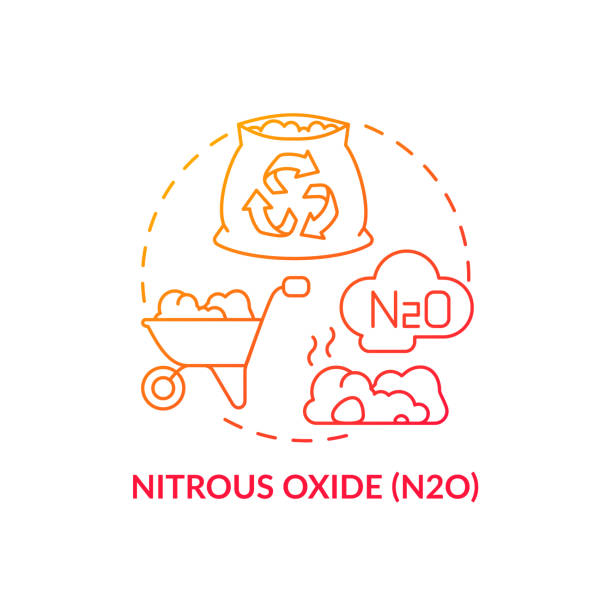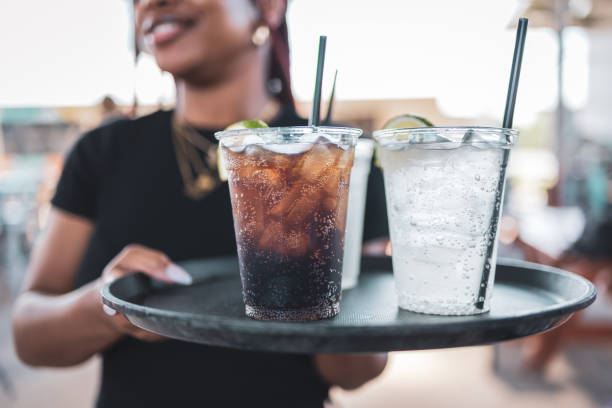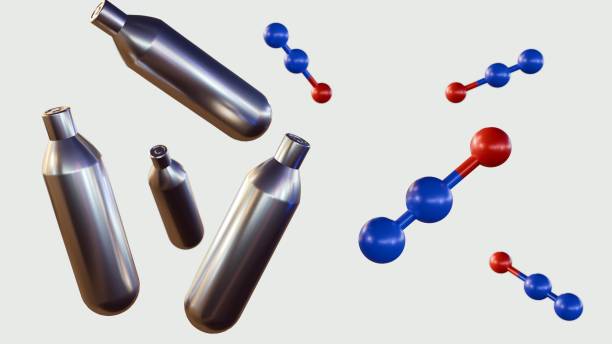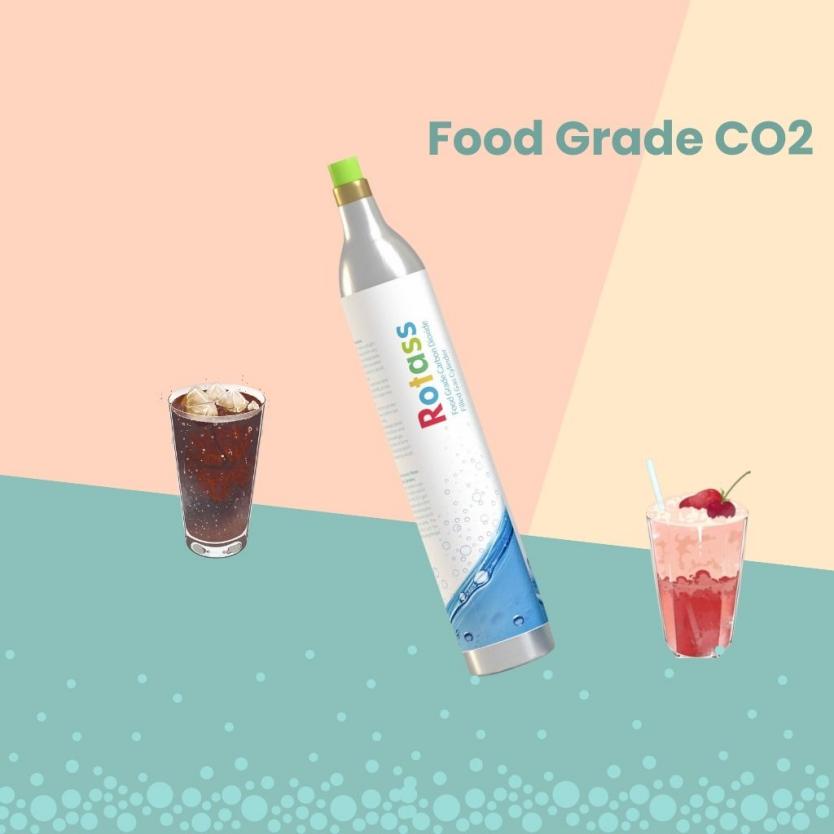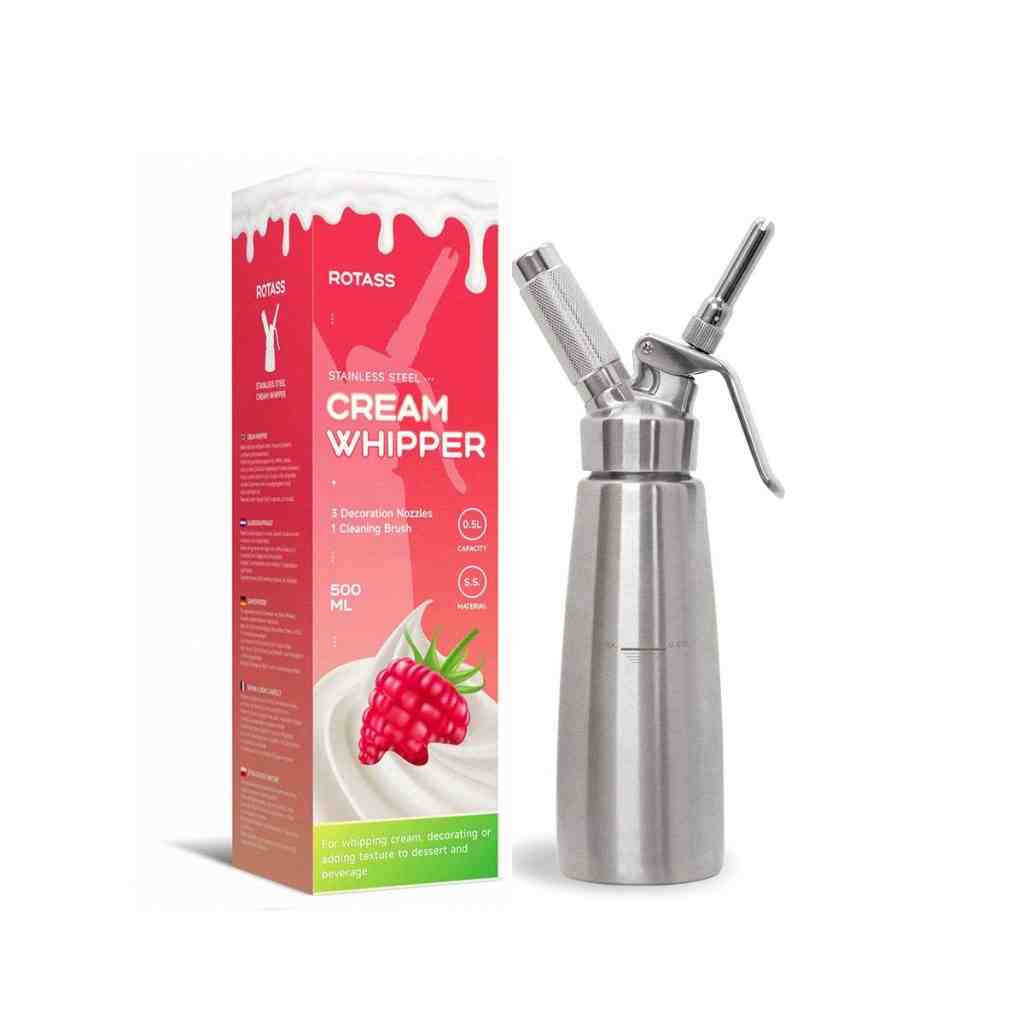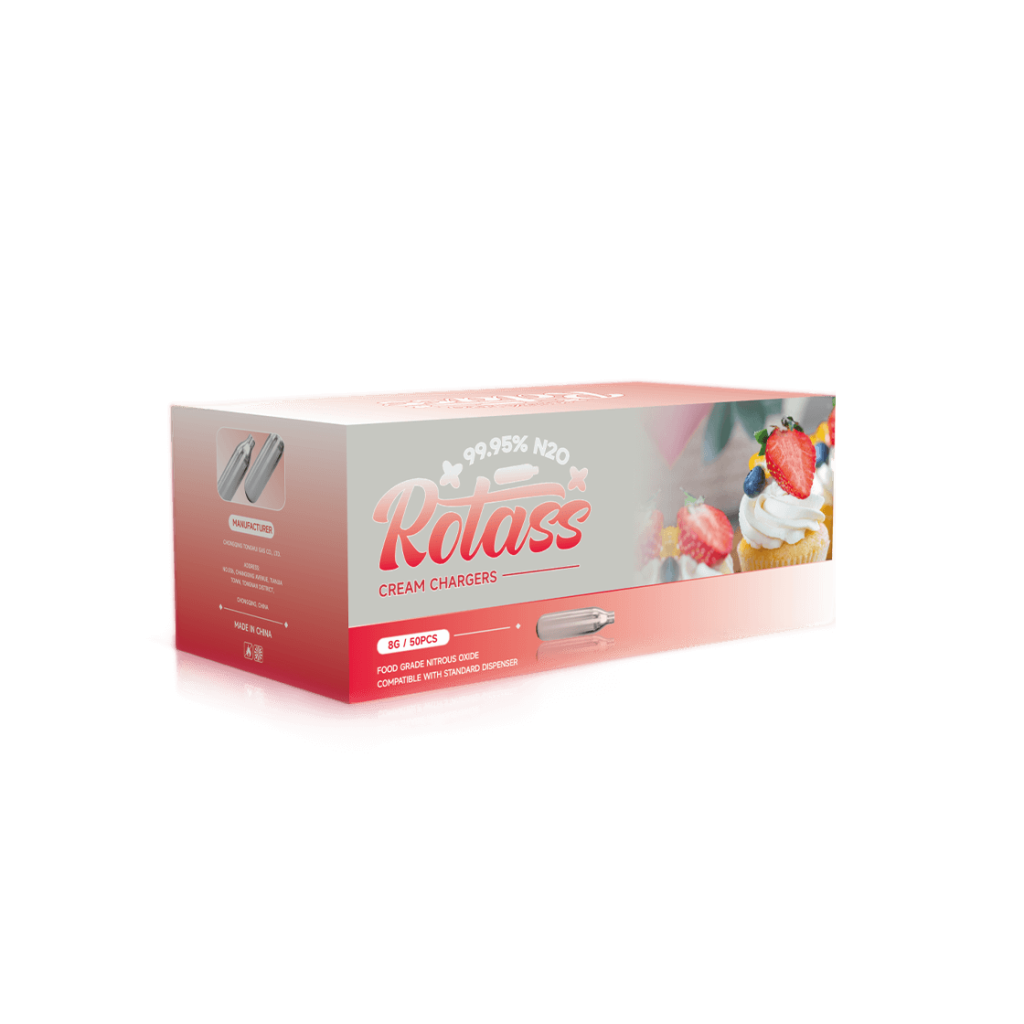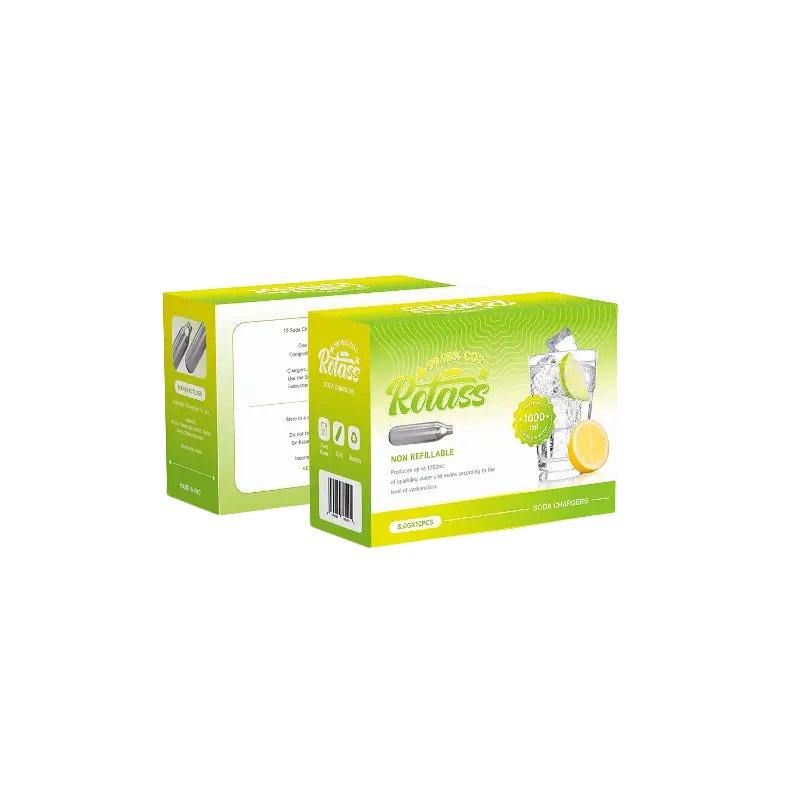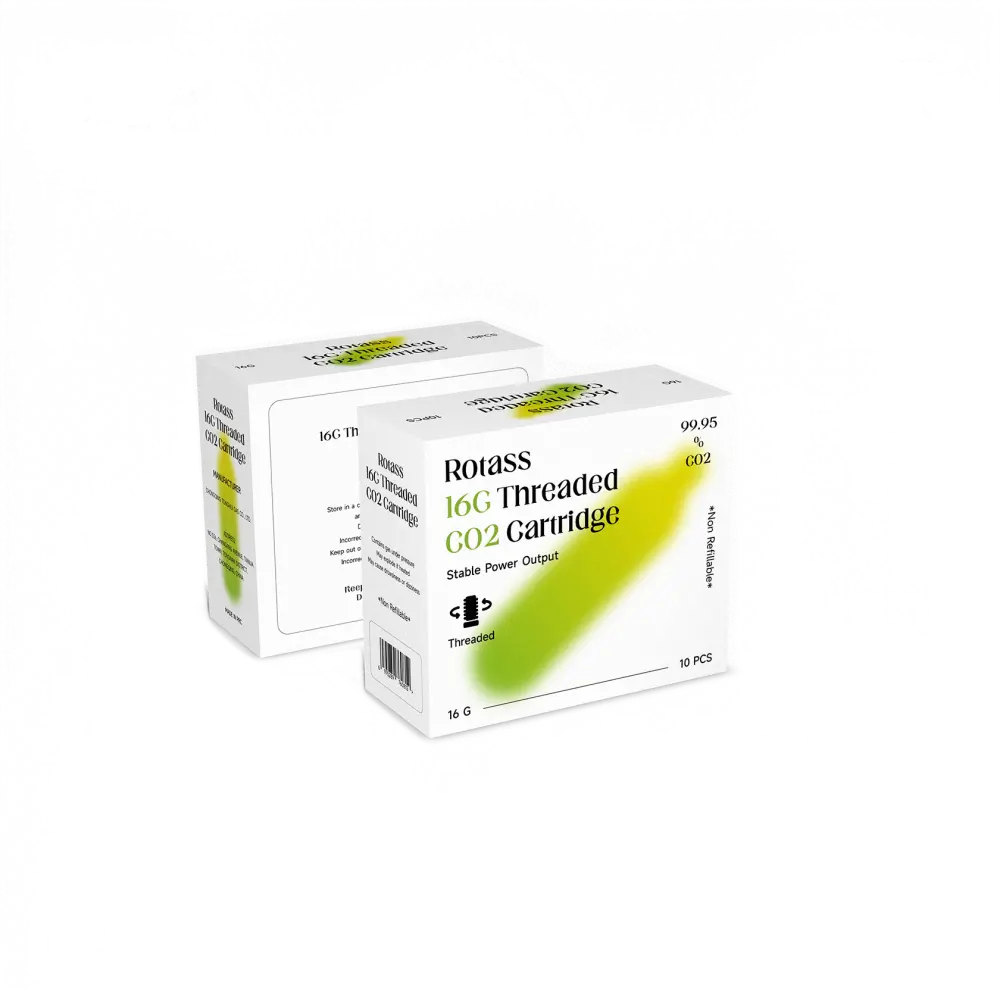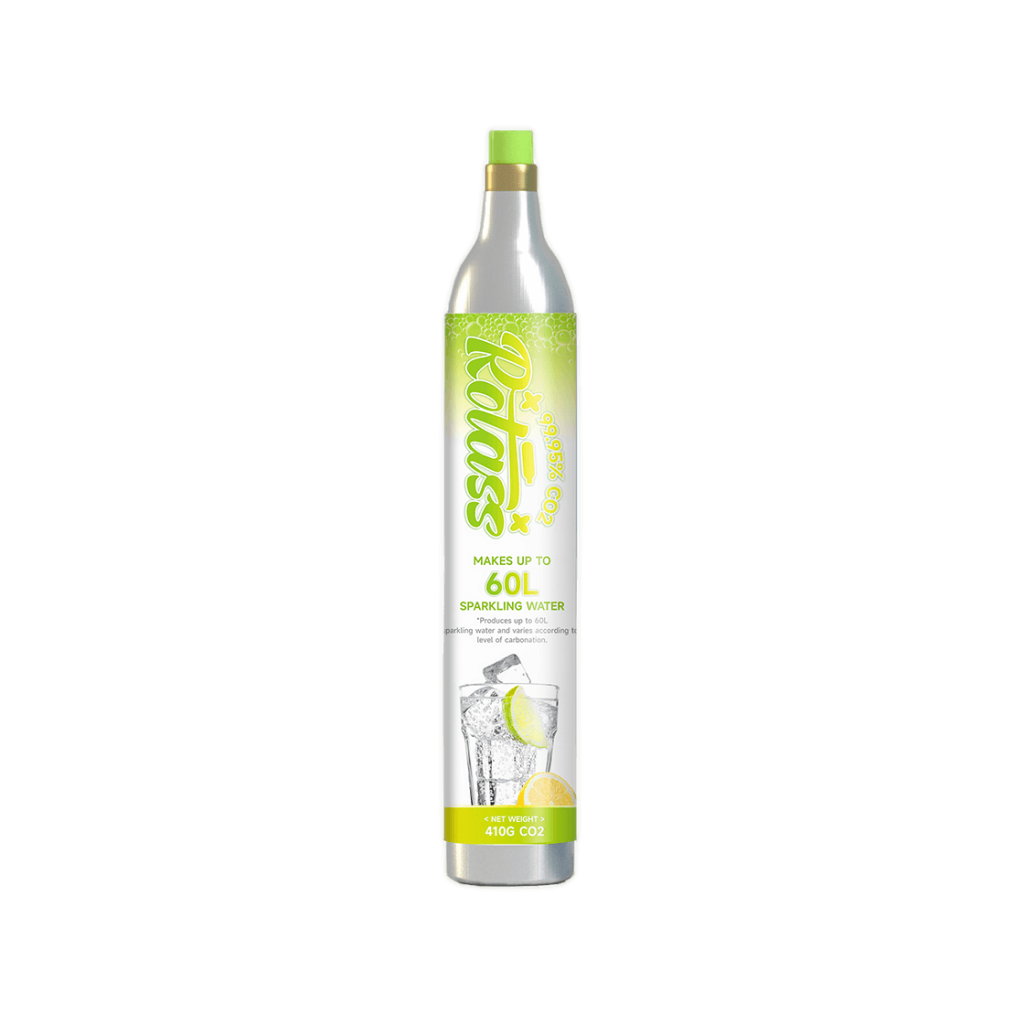2025 / 04 / 30
How to Carbonate Drinks at Home Using CO₂ Chargers
Table of Contents
Why Carbonate Your Own Drinks?
Carbonated beverages have long been a staple of modern refreshment, from fizzy colas and sparkling water to bubbly cocktails. But what if you could make these yourself, tailored to your taste, with less sugar, fewer chemicals, and more fun?
More and more people are turning to home carbonation, not only to save money and reduce packaging waste but also to explore their creativity in mixology. If you’ve ever wondered “how to carbonate drinks” or “how to make a drink carbonated without buying soda,” this article is your go-to resource.
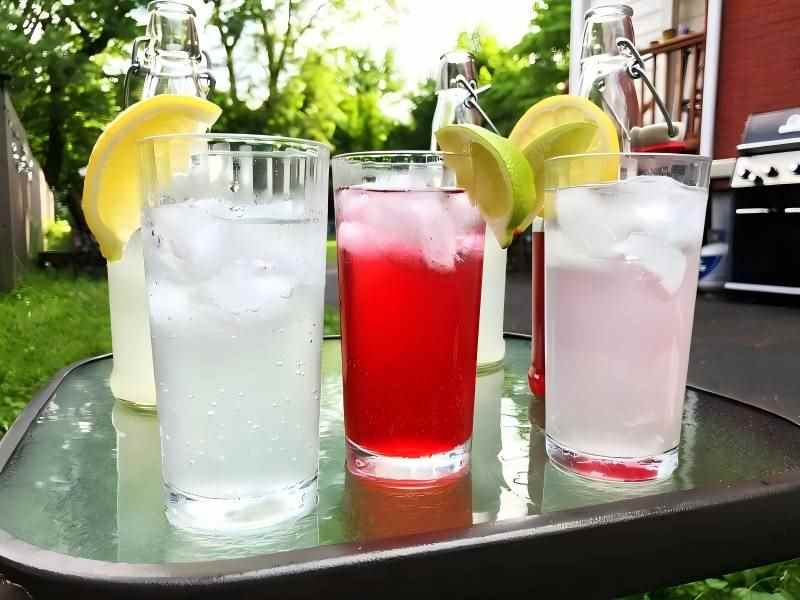
What is Carbonation?
Understanding the Science Behind the Bubbles
Carbonation is the process of dissolving carbon dioxide gas (CO₂) into a liquid under pressure. When the pressure is released—such as when you open a soda bottle—the gas escapes in the form of bubbles.
Why We Love Carbonation
- Tactile Sensation: The tingling feeling on the tongue comes from carbonic acid formed when CO₂ dissolves in water.
- Taste Enhancement: Bubbles lift and spread flavor molecules, enhancing perception of freshness.
- Shelf Life: Carbonated drinks are naturally more resistant to bacterial growth.
Methods of Carbonating Drinks: Pros and Cons
Below is a comparison of the most common carbonation methods:
| Method | Description | Pros | Cons |
| Natural Fermentation | CO₂ is produced naturally by yeast or bacteria during fermentation | Organic and traditional | Time-consuming; risk of overpressure |
| Home Soda Makers | Devices like soda maker use a refillable CO₂ tank to inject gas into liquids | Quick, convenient, no cartridges | Expensive equipment, limited to water |
| CO₂ Chargers + Soda Siphon | Uses 8g CO₂ cartridges with handheld siphons to carbonate drinks | Portable, precise, easy to use | Small batch size, needs replacement chargers |
| Dry Ice (not recommended) | Adds solid CO₂ directly into drinks | Strong carbonation | Dangerous if not handled properly |
What Are CO₂ Chargers and How Do They Work?
A CO₂ charger is a small, pressurized steel cartridge filled with food-grade carbon dioxide gas. Most commonly containing 8 grams of CO₂, these are designed for single-use applications in soda siphons, whipped cream dispensers, and cocktail carbonators.
Advantages:
- Compact and portable
- Affordable entry point
- Compatible with multiple drink types
- No need for bulky equipment
Fun Fact: 1g of CO₂ can carbonate approximately 100–125 mL of water, depending on pressure and temperature.
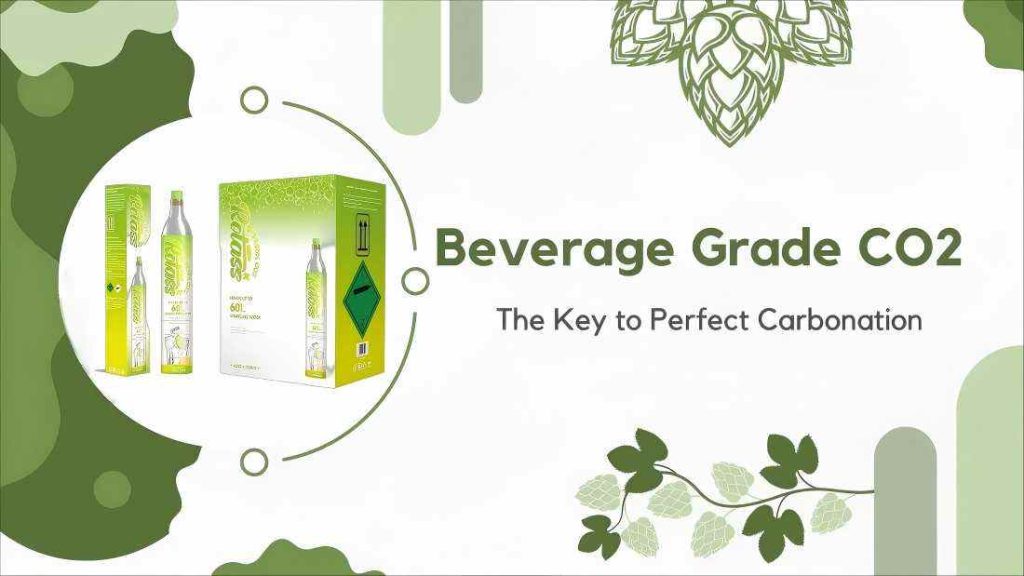
How to Carbonate Drinks with CO₂ Chargers: Step-by-Step
You Will Need:
- A soda siphon or handheld carbonation device
- CO₂ charger (standard 8g cartridge)
- Cold beverage (water, juice, tea, etc.)
- Funnel (optional, for easy pouring)
- Strainer (if carbonating juice with pulp)
Step-by-Step Guide:
| Step | Details |
| 1. Chill your drink | CO₂ dissolves much better in cold liquids (ideally below 5°C or 41°F) |
| 2. Fill the siphon | Pour in the drink, leaving ~20% headspace for CO₂ expansion |
| 3. Insert charger | Screw in the CO₂ cartridge; you’ll hear the hissing sound of gas release |
| 4. Shake & rest | Shake gently for 10–15 seconds, then let the drink sit for 1–2 minutes for absorption |
| 5. Serve & enjoy | Dispense slowly into your glass—watch for foam! |
Note: For extra fizz, you can double-charge by using two cartridges (if your siphon supports it), but be cautious to avoid overpressurizing.
Pro Tips for Perfect Carbonation
Temperature Matters
- Always use cold liquids for optimal CO₂ solubility.
- Room-temperature liquids won’t hold carbonation as well and may cause excessive foaming.
Flavoring Ideas
- Add flavors after carbonating for better control.
- Infuse with citrus, herbs, or natural syrups for DIY soda magic.
What to Avoid
- Avoid pulpy liquids unless strained, as they can clog valves.
- Do not carbonate dairy or thick liquids (risk of contamination and frothing).
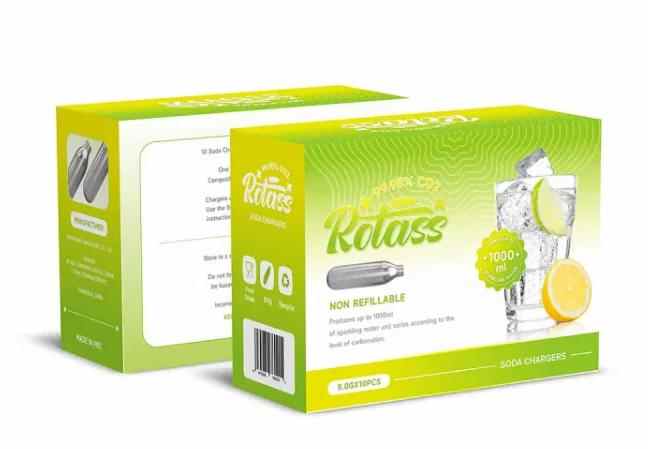
Best Tools for Home Carbonation Featuring Rotass CO₂ Chargers
When it comes to home carbonation, having the right tools can make all the difference between flat fizz and sparkling perfection. Whether you’re a beginner exploring homemade soda or an experienced mixologist, choosing reliable, food-grade carbonation gear is essential.
Among the top choices in the market, Rotass CO₂ chargers and soda siphons stand out for their quality, safety, and performance.
Rotass CO₂ Carbonation Tools
| Product Name | Key Features | Best Use Case | Price Range |
| Rotass 8g CO₂ Chargers (Pack of 10/20/50) | High-purity food-grade CO₂, leakproof steel, universally compatible | Everyday drink carbonation, cocktails, infusions | $10–$35 |
| Rotass Soda Siphon 1L Stainless Steel | Durable and stylish, pressure-safe valve, ergonomic design | Sparkling water, DIY soda, infused drinks | $45–$60 |
| Rotass Whipped Cream Dispenser (CO₂/N₂O compatible) | Multifunctional use, food-grade aluminum/stainless steel | Whipped cream, foams, carbonated cocktails | $30–$50 |
| Rotass Cocktail Carbonator Kit | Includes siphon + CO₂ chargers, perfect for bar setups or home mixologists | Instant carbonated cocktails or juices | $65–$80 |
Why Choose Rotass CO₂ Chargers?
- Food-Grade Purity: Every Rotass CO₂ charger contains 8g of high-purity carbon dioxide, ensuring a clean and crisp taste with no aftertaste or contaminants.
- Universal Compatibility: Designed to fit most standard soda siphons and dispensers, including iSi, Mosa, Liss, and more.
- Leakproof & Safe: Made with precision-sealed, recyclable steel cartridges, Rotass chargers are durable and reliable under pressure.
- Eco-Friendly Packaging: Rotass supports sustainability with recyclable materials and bulk packaging options to reduce waste.
Pro Tip:
For frequent users, consider the Rotass 50-pack CO₂ charger bundle, which offers the best value per cartridge and ensures you’re always stocked for impromptu fizzy fun.
Where to Buy Rotass Products
Rotass products are available through:
- Official Website
- Amazon
- Specialty beverage or kitchen supply retailers
For wholesale or custom branding options, Rotass also supports B2B orders—perfect for cafes, bars, and event businesses.
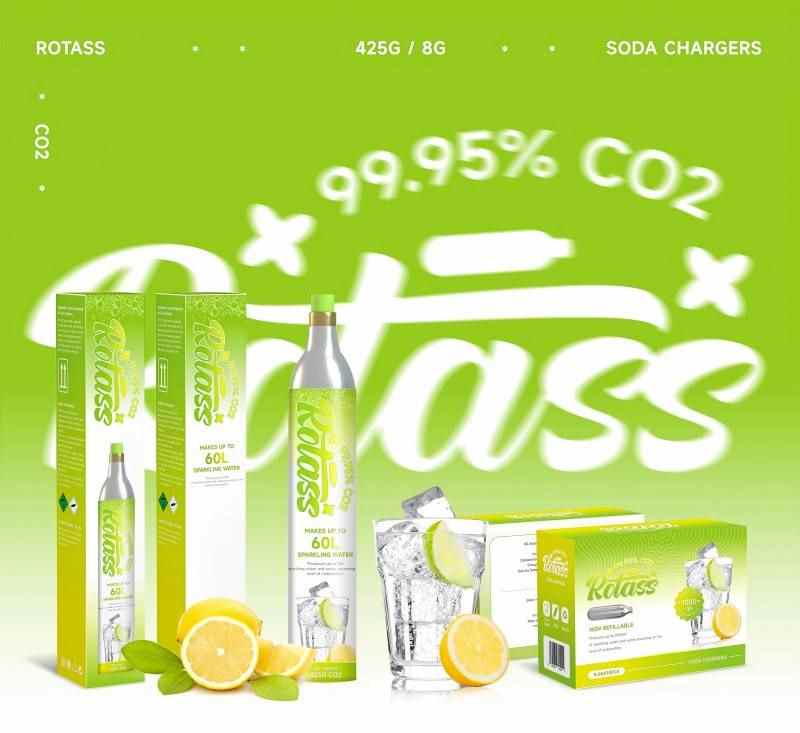
Creative DIY Carbonated Drink Recipes
| Drink Idea | Ingredients | Instructions |
| Sparkling Citrus Mint Water | Water, lemon slices, mint leaves | Chill, infuse, carbonate with one CO₂ charger |
| Fizzy Cold Brew | Cold brew coffee, sugar syrup (optional) | Strain well before carbonating; serve over ice |
| DIY Cola | Water, cola syrup, a dash of lime | Carbonate chilled mix, then serve in a tall glass with ice |
| Sparkling Herbal Tonic | Hibiscus tea, honey, ginger | Brew and chill tea, mix with honey, carbonate and serve with lemon |
Safety Guidelines and Maintenance
- Use CO₂ cartridges only as intended—never puncture or refill manually.
- Store cartridges in a cool, dry place, away from heat sources.
- After use, recycle empty cartridges where accepted.
- Clean your soda siphon or carbonator after every use to prevent clogging or residue buildup.
Final Thoughts
Home carbonation is not only fun and customizable, but it’s also eco-conscious and cost-effective. Whether you’re a soda lover, a cocktail experimenter, or a sparkling water aficionado, using CO₂ chargers opens up endless creative possibilities.
Once you master the basics of how to carbonate drinks and how to use CO₂ chargers, you’ll never go back to store-bought soda again. Get ready to fizz up your life!
Bonus FAQs
Q1: Can I carbonate juice or alcohol?
Yes, but strain any pulp and ensure it’s cold. Alcohol works well too (try sparkling wine or fizzy margaritas!).
Q2: How long do carbonated drinks stay fizzy?
If kept cold and sealed, carbonation can last 1–2 days.
Q3: Are CO₂ chargers reusable?
No. Most 8g chargers are single-use and should be recycled after use.

